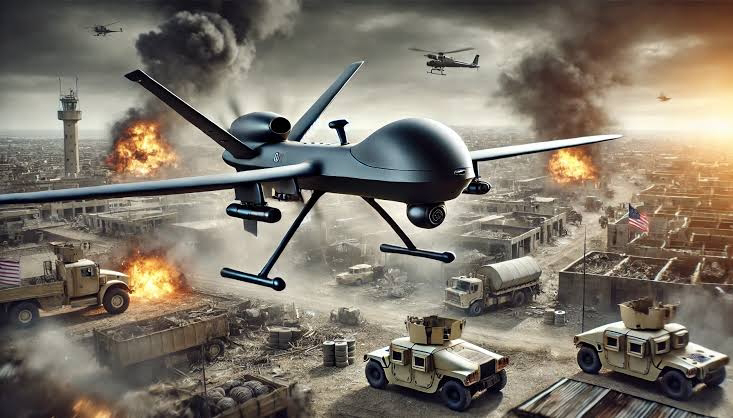🇺🇸🇮🇷 U.S. and Iran Conflict: What’s Happening Now and Why It Matters?
📰 Introduction
Tensions between the United States and Iran have shaped global politics for over four decades — and in 2025, the conflict remains a critical geopolitical flashpoint. From nuclear negotiations to military proxy battles, the relationship between these two nations has far-reaching consequences for the Middle East and beyond.
Let’s dive into the latest updates, background of the conflict, and why it matters to the world.
---
📜 A Brief History of the U.S.–Iran Conflict
The roots of U.S.–Iran tensions go back to:
1953: CIA-backed coup in Iran removed elected Prime Minister Mossadegh.
1979: Iranian Revolution ousted the U.S.-backed Shah; U.S. embassy was taken over, starting decades of hostility.
1980s–2000s: Mutual hostility, Iran’s support for anti-U.S. militias, U.S. sanctions, and military tensions.
---
🔥 Recent Geopolitical Developments (2024–2025)
Here are the major recent events shaping the conflict:
🧨 1. Strikes & Proxy Wars Intensify (2024–2025)
U.S. forces in Iraq and Syria have been targeted by Iran-backed militias like Kataib Hezbollah.
In response, the U.S. launched airstrikes on Iran-linked facilities in eastern Syria in early 2025.
☢️ 2. Iran’s Nuclear Program Accelerates
Iran is enriching uranium beyond the limits of the 2015 nuclear deal (JCPOA).
In May 2025, the IAEA (International Atomic Energy Agency) warned that Iran is weeks away from producing weapons-grade material.
Diplomatic efforts by Europe have stalled, and the U.S. has warned of “serious consequences”.
🌍 3. Red Sea & Gulf Tensions
Iran has been accused of helping Yemeni Houthis attack Western-linked cargo ships in the Red Sea.
The U.S. has increased its naval presence in the Gulf and coordinated with allies to ensure safe oil trade routes.
🛢️ 4. Oil & Sanctions Battle
The U.S. continues to enforce sanctions on Iran’s oil exports.
In response, Iran is selling oil to China and some Asian nations under the radar.
Oil prices remain volatile, partly due to fears of escalation.
---
🧠 Why the Conflict Matters
1. Global Oil Prices
The Persian Gulf is a key oil route. Any war or blockage affects global fuel prices, especially for countries like India and China.
2. Middle East Stability
Iran influences Lebanon (Hezbollah), Iraq (Shia militias), Yemen (Houthis), and Syria (Assad regime).
A full-scale conflict could lead to region-wide war.
3. Nuclear Proliferation
If Iran gets nuclear weapons, it may spark an arms race with Saudi Arabia, Turkey, and Israel.
4. U.S. Domestic & Election Impact
President Biden (or his successor, depending on 2024 results) faces pressure at home over military spending and diplomacy.
Foreign policy toward Iran may become a 2025 election issue in the U.S.
---
🌐 What Comes Next?
As of mid-2025, there are three possible paths forward:
1. Diplomatic Revival – A new nuclear deal could lower tensions, but trust is low.
2. Proxy Escalation – Militias might continue low-level war in Iraq, Syria, and Yemen.
3. Direct Conflict – An Israeli or U.S. strike on Iran’s nuclear facilities could lead to open war.
---
🕊️ Final Thoughts
The U.S.–Iran conflict is more than just a clash of two nations — it’s a struggle over power, ideology, and influence across one of the world’s most volatile regions. As citizens and readers, staying informed is the first step toward understanding the deeper forces shaping our world.
